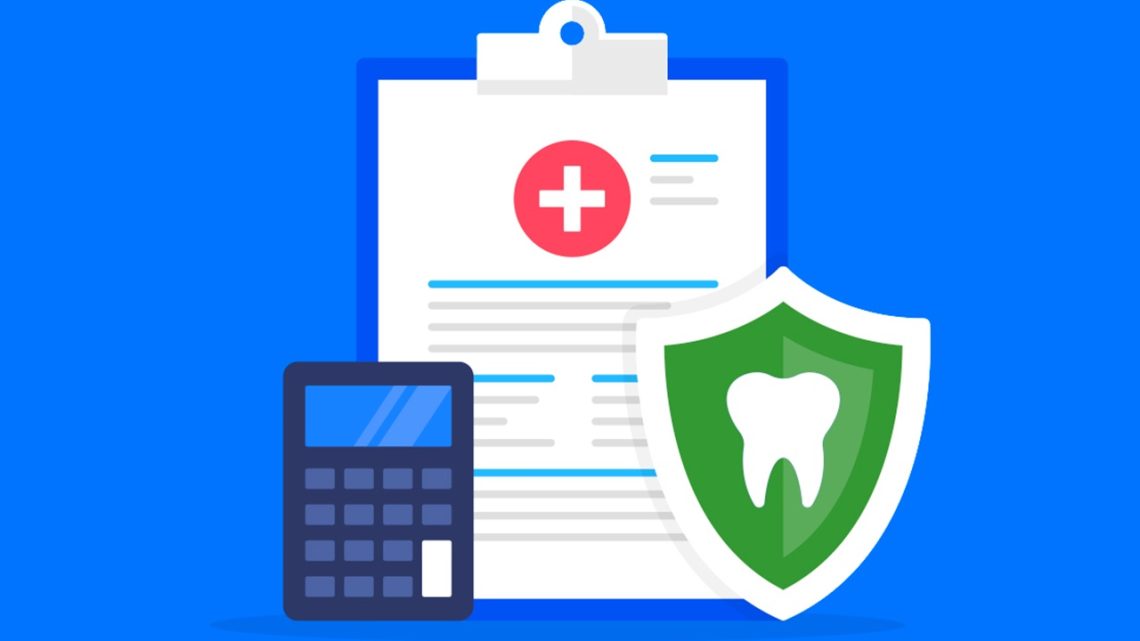
How Usage-Based Insurance Programs Work—And Who Benefits Most
May 14, 2025You know how some people pay for Netflix but barely watch it? Traditional car insurance works the same way—flat rates, whether you drive 10 miles or 10,000. Usage-based insurance (UBI) flips that script. Pay for what you use. Simple, right? Well, mostly. Let’s break it down.
What Exactly Is Usage-Based Insurance?
UBI tracks your driving habits—mileage, speed, braking, even time of day—via a telematics device or smartphone app. Insurers then adjust your premium based on actual behavior, not just demographics. Think of it like a fitness tracker, but for your car.
The Tech Behind It
Most programs use one of these:
- Plug-in devices: Snaps into your car’s OBD-II port (usually under the dashboard).
- Mobile apps: Uses your phone’s GPS and accelerometer—no extra hardware.
- Built-in systems: Some newer cars have telematics baked in (e.g., GM’s OnStar).
Data collected typically includes:
| Metric | Why It Matters |
| Mileage | Less driving = lower risk |
| Hard braking | Hints at aggressive driving |
| Time of day | Night driving = higher risk |
| Speed | Consistent speeding = red flag |
Who Saves the Most with UBI?
Not everyone wins equally. Here’s who typically benefits:
1. Low-Mileage Drivers
If you work from home or use public transit, you’re basically subsidizing daily commuters with traditional insurance. UBI rewards you for keeping miles low—sometimes cutting premiums by 20–30%.
2. Safe Drivers (Even with “High-Risk” Labels)
Teen drivers? Good students with clean records might save more by proving they’re cautious. Same for seniors who drive less but get penalized by age-based pricing.
3. People in Urban Areas
City dwellers often drive fewer miles but pay more due to theft/vandalism risks. UBI can offset that by focusing on actual usage.
The Catch(es)
Nothing’s perfect. A few potential downsides:
- Privacy trade-offs: You’re sharing a lot of data. Some apps even track phone use while driving.
- Hardware hassles: Plug-in devices can be clunky—or drain your battery if forgotten.
- Not always cheaper: Lead-footed drivers might see rates increase after tracking.
Is UBI Right for You?
Ask yourself:
- Do I drive less than 8,000 miles/year?
- Am I comfortable with being monitored?
- Is my insurer’s program flexible (e.g., can you opt out later)?
Honestly, it’s worth a trial run if you’re skeptical. Many programs offer an initial discount just for signing up—no long-term commitment.
The Future of UBI
With 5G and AI, UBI’s getting smarter. Some trends to watch:
- Real-time adjustments: Think surge pricing, but for your premium during risky drives.
- Integration with smart cities: Traffic data could fine-tune rates further.
- Broader adoption: As EVs rise, mileage-based pricing might become standard.
Look, insurance isn’t sexy. But when it starts feeling fair—when you’re rewarded for good habits instead of punished for stereotypes—that’s progress. And isn’t that what tech’s supposed to do?





